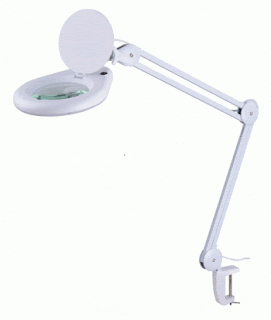How to Solder Using a Soldering Machine
Buying a soldering machine is a great way
to get your hands on an inexpensive, yet highly effective tool for electronic
component assembly. Before starting, you should clean the components and remove
any oxide layers. Next, you should flux the components using a noncorrosive
solution. Once the components are ready, place the printed circuit board on top
of the melted solder. Metal clasps will hold the PCB in place as you solder.
When soldering, copper pipe
conducts heat away from its joints. To get a smooth, leak-free joint, apply
solder at the gap between the fitting and the pipe. Solder flows into the joint
by capillary action. Afterward, remove the joint and wipe it clean with a dry
rag to remove excess automatic
soldering machine and flux residue. A solder ring joint is made
when a ring of molten solder appears around the edge of the fitting. The solder
must be allowed to cool before re-joining the two pieces.
A dispensing machine stand
is a useful tool, since it holds the hot iron while you're working. It comes
with a sponge for cleaning the tip, and a spool of solder. These tools are
great for beginners. If you have no experience soldering, a product selection
tool can help you decide on the best machine for your needs. If you're not sure
what to get, check out the Pro-Craft(r) electric soldering machine. The machine
is available in several sizes, and is 10 1/4" by 6 3/4" in size.
To use a dispensing
robot, you should hold the tip of the soldering iron near the
component's lead or pad. It is crucial to touch the copper or gold component
without damaging it. To achieve a solid connection, the solder should be
applied in small circles of approximately 0.5 mm. Depending on the size of the
wires, the amount of solder required will vary. The heat should be even enough
to make a solid connection between the two pieces. When the glue dispensing machine ,
the joint will form a cone-like shape.
Another option is a temperature
controlled soldering iron. These are often free-standing and
have a head and a tip with a heating element. They are controlled by a epoxy
dispensers base, which may have temperature
control and temperature displays. Depending on the needs of your project, you
can adjust the temperature with the iron and the hot air gun. This is a great
tool for adding extra functionality to a project, and it will save you from the
expense of a full remake.
A soldering
station should be ESD safe, as this will help
minimize the risk of a device malfunctioning. The soldering iron itself is
plugged into the soldering station and contains a heating element and soldering
bit. The soldering iron's tip is typically made of chrome, copper, or nickel
solder. Once the device is set up, the soldering station can be used to solder
various electronic components.
Before you begin, you should
clean the tips of the soldering
robot to prevent oxidation. Use acetone cleaner to clean
the tips, and blow them with compressed air to remove any particles that may
have gotten caught. If you use a flux, make sure you wipe off any excess flux
before you begin soldering. If you can't do this, you may want to consider
buying a flux-free soldering machine.
The hottest types of solder are
tin and copper. Lead-based soldering
fume extractor lead, while lead-free solder is made of
tin and copper. Lead-free solder has higher melting temperatures and is better
for the environment. Lead-free solder is almost identical to lead-based solder,
but with higher melting temperature and less "wettability."
There are two types of soldering fume absorber:
tinning and resistance soldering. Tinning increases the efficiency of a
soldering iron. Resistance soldering is an energy-efficient alternative to
flame-soldering. Its advantages are similar to flame soldering, but resistance
soldering is more localized and heat-efficient. When used correctly, both types
of machines are useful for soldering, brazing, and other applications.
When using a robotic
soldering machine, it is crucial to wear protective clothing.
The solder itself is molten metal, so safety glasses are essential. Make sure
you wear gloves and don't wear loose clothing near the soldering area. Also, be
sure to use a fume extractor. The fumes from the flux are toxic and can damage
the lungs. Then, be sure to keep pets and children away from the area where the
machine is being used.






Comments
Post a Comment